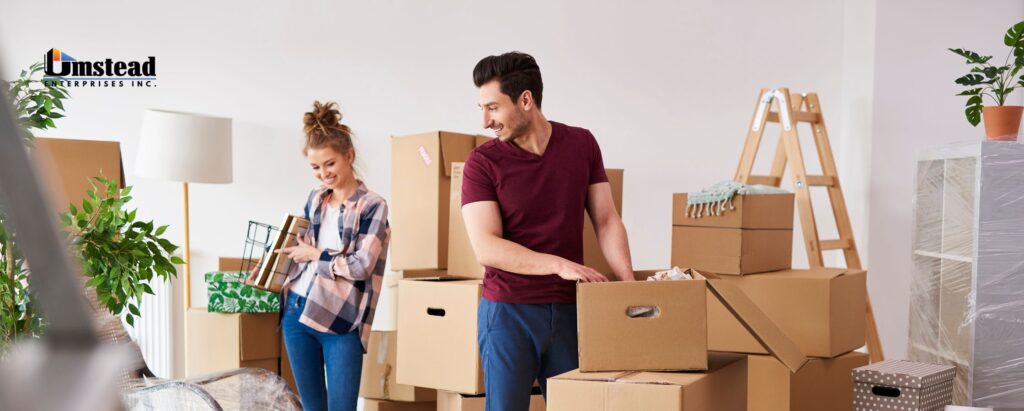
Risks and Essential Clean-up Procedures
Hoarding is a challenging issue that affects millions of people across the world.
While it often begins innocently as a collection of items with sentimental value, it can quickly become unmanageable, presenting significant safety risks to the hoarder and those around them. This blog post will explore the dangers associated with hoarding and the important clean-up procedures that can help address this issue.
Hoarding Dangers
Fire Hazards
Cluttered living spaces in hoarding situations increase the risk of fires. Flammable materials can easily become hidden, making it difficult to escape in case of an emergency.
Tripping and Falling
Piles of objects and clutter can create a hazardous environment, leading to trips and falls. This is especially dangerous for elderly hoarders who may have limited mobility.
Structural Damage
The excessive weight of hoarded items can damage the structural integrity of a building. This may result in collapses or compromised safety.
Mold and Pest Infestations
Hoarded items can trap moisture, leading to mold growth. Additionally, pests such as rodents and insects are attracted to cluttered areas, posing health risks.
Health Issues
Poor sanitation and hygiene in hoarded environments can lead to various health problems, including respiratory issues, allergies, and infections.
Hoarding Clean-up Procedures
Addressing hoarding situations requires a systematic and compassionate approach. Here are the important steps for hoarding clean-up:
Assessment
Begin by thoroughly assessing the hoarder’s living space. This will help determine the scope of the cleanup and any immediate safety concerns.
Safety Measures
Prioritize safety during the cleanup. Ensure everyone wears appropriate personal protective equipment (PPE) to protect against contaminants and hazards.
Decluttering
Gradually declutter the space, prioritizing removing hazardous materials and items that pose immediate risks. This may require the help of trained professionals who understand the psychological aspects of hoarding.
Cleaning and Sanitizing
After decluttering, clean and sanitize the entire area. This includes disinfecting surfaces, addressing mold and pest issues, and restoring the space to a safe and habitable condition.
Support and Counseling
Hoarding is often a result of underlying emotional and psychological issues. Encourage the hoarder to seek therapy or counseling to address these root causes and prevent future relapse.
Follow-Up
Regular follow-up visits are crucial to ensure the hoarding behavior does not return. Continued support and therapy can help the hoarder maintain a clutter-free living space.
Prevention
Educate the hoarder and their support network about the importance of prevention. Developing healthy habits and coping mechanisms is essential to avoid relapse.
Hoarding is a challenging issue that presents significant safety risks to individuals and their communities. Understanding the dangers associated with hoarding and implementing proper clean-up procedures is important for the well-being of hoarders and those around them. By approaching hoarding with compassion, empathy, and professional guidance, we can work towards creating safer and healthier living environments for everyone involved.
If you or someone you know is dealing with hoarding issues and needs to address the damage or update the living space, Umstead Enterprises can help. Don’t hesitate to reach out for assistance.
